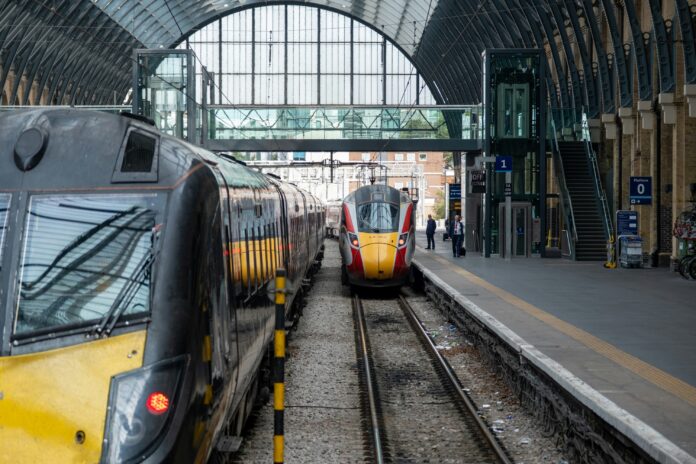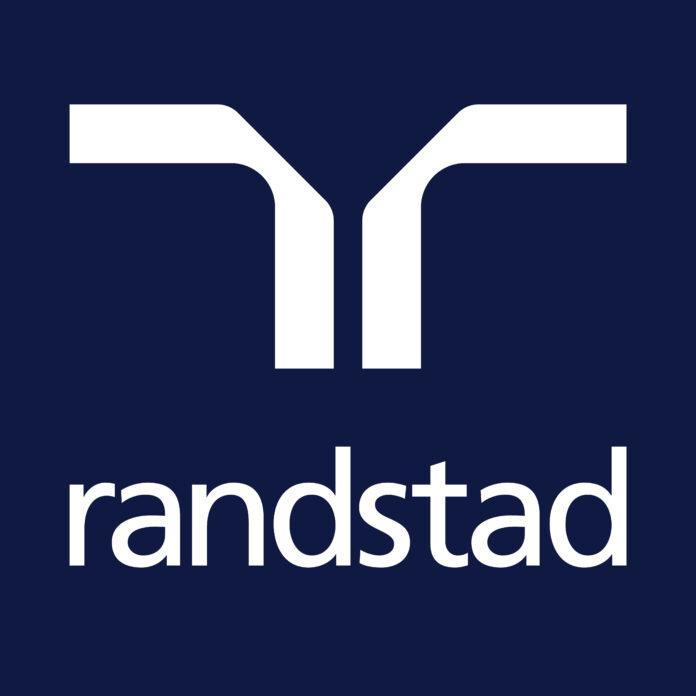Britain’s railways stand at a critical juncture. Despite passenger numbers rebounding to near pre-pandemic levels, the sector is currently bleeding an alarming £1.4 billion annually. This financial hemorrhaging, coupled with ambitious government plans to overhaul the system and create Great British Railways (GBR), risks catastrophic failure without an urgent and fundamental course correction. New research from the Centre for Policy Studies (CPS), authored by Tony Lodge in “Rail’s Last Chance,” lays bare the challenges and proposes a four-point rescue plan to steer the UK’s rail transformation away from a troubled past and towards a sustainable future.
The Unsettling Financial Reality and the GBR Vision
The financial landscape of UK rail is stark. The £1.4 billion annual deficit is part of a wider £12.5 billion taxpayer subsidy for a sector that, as the report highlights, accounts for only 1.5% to 2% of all public journeys. This unsustainable reliance on public funds stems from a significant shift in travel patterns post-pandemic, with a notable fall in first-class, business-class, full-fare, and London and South East season ticket sales. While passenger numbers are at 99.5% of pre-pandemic levels, revenue remains stubbornly down.
In response, the government is preparing for the biggest structural changes since the 1990s privatisation, with the forthcoming Railways Bill set to establish GBR. This new state-run entity is intended to control most passenger services, set fares, manage timetables, and oversee network maintenance. However, Lodge’s analysis raises a critical alarm: GBR is also set to strip the independent Office of Rail and Road (ORR) of its key powers, effectively allowing the dominant market operator to control its own regulation. This inherent conflict of interest, unprecedented in other regulated sectors in Britain, threatens to repeat the mistakes of the nationalised British Rail era, potentially stifling the very competition that has driven the industry’s greatest successes.
The Undeniable Success of Competition: The East Coast Main Line
“Rail’s Last Chance” emphatically points to the East Coast Main Line (ECML) as a powerful testament to the benefits of competition. For 25 years, open access operators like Hull Trains, Lumo, and Grand Central have competed directly against the government-run London and North Eastern Railway (LNER), delivering remarkable results:
- Passenger Growth: LNER, spurred by competition, saw a 27.8% growth between 2019 and 2024/25, recovering faster than any other intercity operator. The open access trio alone carried 4.9 million passengers in the last financial year.
- Customer Satisfaction: LNER boasts a 94% approval rating, outperforming monopoly operators like Avanti West Coast and Great Western Railway (both at 84%).
- Reduced Subsidies: LNER’s need for taxpayer support plummeted from £288 million in 2021-22 to just £39 million last year, demonstrating a clear path towards financial sustainability.
- Lower Fares: Where competition thrives, passengers benefit. An off-peak single ticket to Doncaster on the ECML costs £40, significantly less than the £62 for monopoly destinations like Cardiff or Manchester. This value-for-money ticketing has been crucial in driving passenger growth.
The report argues that the primary benefit of open access is not just the new operators themselves, but the competitive pressure they exert on incumbents, leading to innovation, better value, and increased overall rail usage. Furthermore, these private investments, such as FirstGroup’s £500m order for new trains, provide vital work for the UK’s rail supply chain.
Whitehall’s Resistance and Missed Opportunities
Despite this compelling evidence, the Department for Transport (DfT) has shown a hostility towards expanding open access, with the Secretary of State even writing to the ORR to warn against approving new competitive services. This stance, which led to the rejection of several new open access applications, is seen as prioritising control over customer benefit and market growth.
Lodge draws a stark contrast with Europe, where the EU Fourth Railway Package, inspired by the UK’s initial privatisation successes, has fostered greater rail liberalisation. Countries like Spain have seen ridership on long-distance routes surge by over 50% since liberalisation, with 30% of train miles now operated by open access companies, leading to lower fares and significant modal shift from air to rail. The UK, ironically, appears to be moving in the opposite direction.
Unlocking Rail’s Vast Commercial Potential
Beyond ticketing and competition, the report exposes “staggering commercial failures” that GBR must urgently address to reduce its reliance on subsidies. Network Rail’s retail income from its 20 largest stations has collapsed by 21% since 2019, falling from £135.7 million to £107.3 million. This is a missed opportunity when compared to Japan’s rail companies, which generate up to a third of their income from maximising the commercial, residential, and retail value of their assets.
The UK rail network owns a vast 52,000-hectare estate, presenting immense untapped potential. This includes:
- Renewable Energy: The estate has the capacity to generate 188 MWp of solar power across 34 sites, enough to power 140,000 to 180,000 homes, with even greater potential along linesides.
- Property Development: Utilising empty station spaces for retail, housing, hospitality, advertising, and health hubs can generate significant additional revenue, mirroring successful redevelopments like London King’s Cross and Birmingham New Street.
- Light Parcel Freight: The boom in online shopping offers new revenue streams, with underused platforms being repurposed for light parcel freight, reducing road emissions and improving air quality.
- Ancillary Services: Beyond trains, a robust commercial approach to ancillary services like on-train catering, insurance, hotel bookings, car/bike hire, and smart parking could significantly diversify income, as seen in the aviation industry.
The Four-Point Rescue Plan
To avert a potential crisis and ensure the future viability of UK rail, Tony Lodge’s report proposes a clear four-point rescue plan for GBR:
- Embrace Competition, Don’t Crush It: GBR must embed open access competition within its policy and the Railways Bill. The ECML model proves that competition drives growth, lowers fares, and reduces subsidies.
- Maintain Independent Regulation: The ORR must retain its powers to decide on track access and hold GBR accountable. Allowing GBR to regulate itself creates a dangerous conflict of interest and undermines transparency and private sector investment confidence.
- Deliver World-Class Digital Retail: GBR.com, the new national online and in-station retailer, must be developed through a robust, competitive tender process to secure the best technical software solutions. It should offer seamless customer experience, simplified ticketing, and a national rail loyalty scheme (“Rail Miles”) to drive revenue and customer engagement.
- Exploit Rail’s Vast Commercial Potential: GBR must prioritise generating new income from its extensive estate through commercial and residential development, renewable energy generation, light parcel freight, and enhanced station services. A renewed focus on rail freight growth is also essential.
A Last Chance for a Brighter Future
The current trajectory of UK rail, characterised by high subsidies and a proposed monopolistic structure for GBR, risks a future of low growth, high costs, and declining passenger numbers. “Rail’s Last Chance” serves as a vital warning and a blueprint for a different path. By learning from the proven successes of competition on the ECML and across Europe, by maintaining independent oversight, and by aggressively pursuing untapped commercial opportunities, GBR can become a truly customer-focused, financially sustainable, and innovative railway. The prize is substantial: lower subsidies, more passengers, reduced emissions, cheaper tickets, and an improved network.





